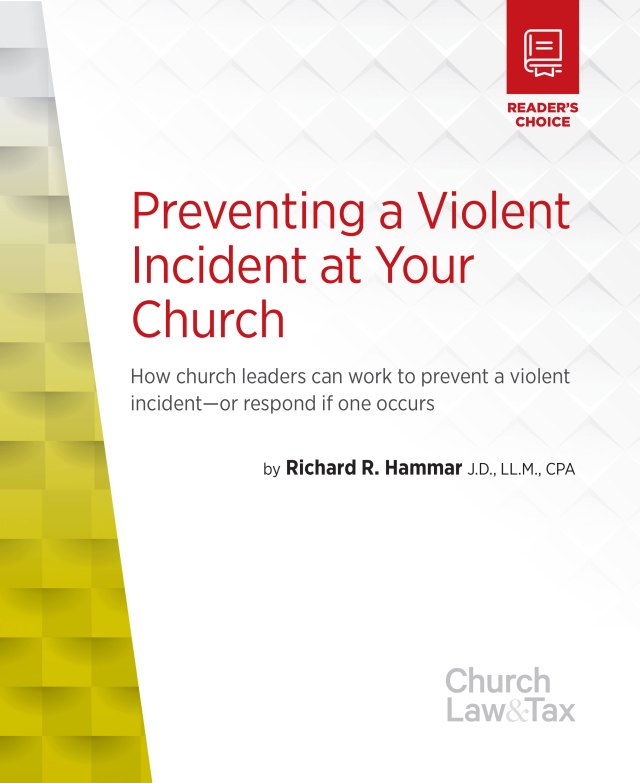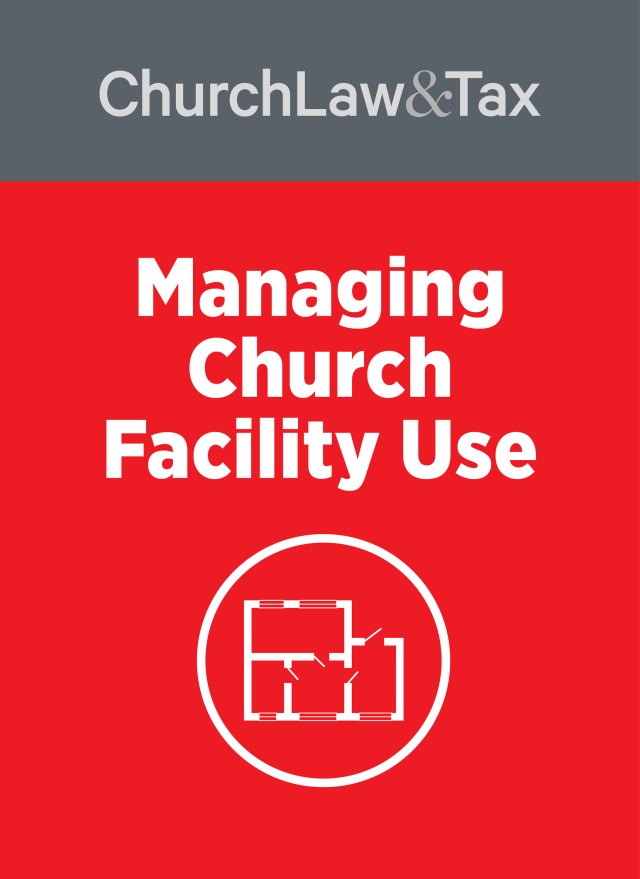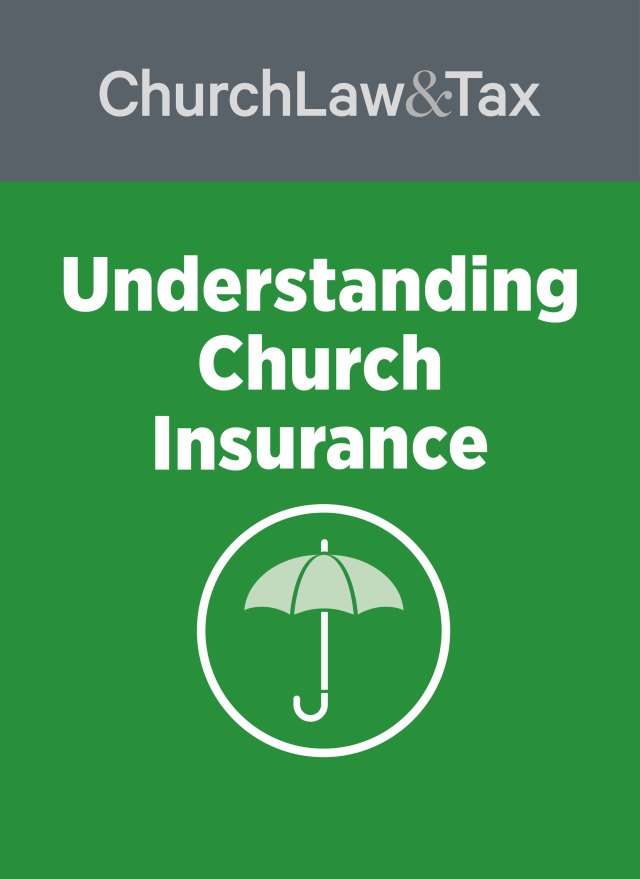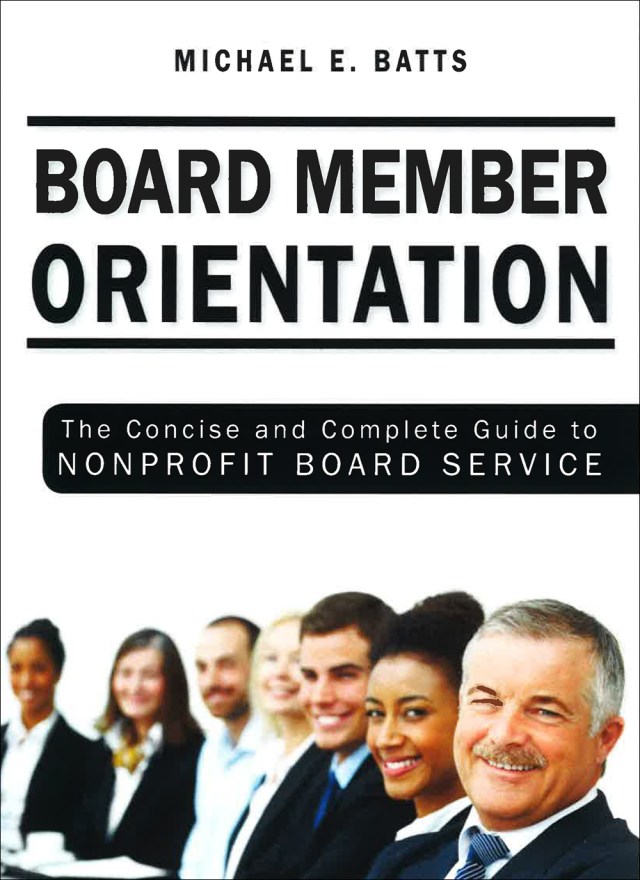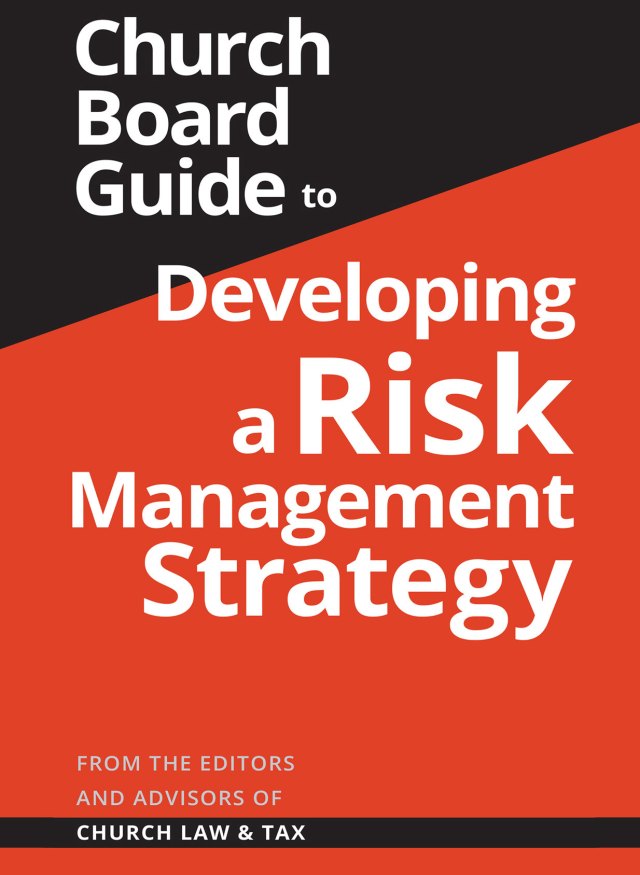In years gone by, church doors stayed open round the clock. Lawsuits, embezzlement, and church shootings were things that happened to others. Today’s headlines, however, tell us that crime has taken up residence even in our midst.
Potential Problem Areas
Churches should examine at least five areas of concern:
1. Access to the church. Far too many churches have no idea how many people have keys to their buildings. The leader of the Girl Scout troop that met in the church three years ago may have a key. So might the former custodian or previous committee chairperson. Any of those people could enter your building at any time.
Thieves could easily get into your church because of open or poorly secured doors and windows. Most churches do not have security systems. Furthermore, they invite theft by leaving hot black-market items, such as microphones, sound systems, DVD players, TVs, and computer equipment, in the open or in unlocked cabinets.
2. Pending repairs. Your women’s club is having a community luncheon. As an elderly visitor walks down the steps, the handrail she’s holding pulls away from the wall. The lady falls down the steps and hurts her back. A lawsuit is filed for medical expenses as well as negligence.
Further investigation reveals that the loose handrail was mentioned in the minutes of trustee meetings for three straight months. The church is almost certainly liable. Pending repairs, slips or falls, environmental hazards, improper lighting, and other physical hazards can be the downfall of a good church. Attorneys are realizing that churches and nonprofits are easy to sue, especially when they don’t prevent or repair hazards.
Church trustees or committee members who have the task of providing a safe environment for members and visitors usually meet once a month or less. Unintentionally they may leave the church vulnerable to injuries and lawsuits.
3. Employee safety. A stranger enters a church in a Midwestern city and asks to use the restroom. Minutes later he walks into the office, pulls a gun on the staff, and shoots the secretary and pastor.
That church changed many of its policies to prevent such a thing from recurring, but, like so many other churches, its approach was reactive rather than proactive. A policy on safety would save many churches the agony of injury and loss.
4. Access to money. “Long-time Church Treasurer Charged with Embezzlement.” No one wants to read a headline like that, especially if it refers to your own church. Nonetheless, financial misconduct in churches is making headlines. We naturally fear strangers who might break in and steal. Less obvious thieves are treasurers, deacons, secretaries, pastors, and other people who work for us.
People we suspect the least make the best embezzlers. Many pastors and church leaders I spoke to for this article admitted that at least part of their church’s money management was flawed. Yet they were quick to say that the person in charge of their church finances was a “patron saint” and that any change in procedure would be interpreted as a statement of distrust. Most preferred to leave things as they were, regardless of the risk. But it’s only good stewardship to protect the church from internal theft.
Further, robberies of churches by strangers are unfortunately too common. Keeping doors locked and a security system can help with this problem. Churches that take collections during worship services always risk being robbed by strangers. Trained ushers can help minimize this danger.
5. Abuse prevention. Safety and abuse issues can put a church at the most risk and cause the deepest hurt and division in a congregation. For example, a weekday program for children of the church and community was very popular in a large Mideastern church. Two teens who went to the church volunteered to help with the program.
One day a child accused one of the teens of touching her in an inappropriate way. The police were called to investigate. They now think the boy violated about 100 children.
Parents of the children sued the church and its leaders for about $78 million. The congregation split over the ordeal, and all of its pastors have left. That kind of tragedy could have been avoided had the church better screened its workers. Today churches should make certain that every part of their hiring and recruiting procedure is solid, that every childcare worker is trained and supervised, and that a well-developed child projection policy is in place.
A Purposeful Approach
To help make churches safe for the people in them, some attitudes need to change. For example, leaders should:
- Avoid denying problems can happen to them. They can.
- Recognize that it’s no longer possible to keep the church open and accessible without inviting problems.
- Realize that safety measures should not be delayed because of bogged-down committees, bureaucracy, or power plays. Refuse to let budget constraints prevent moving ahead on safety measures.
Plan for Security
My suggestions for improving safety in the church include:
Making the building more secure. Prevent easy entry by installing large steel or wooden doors with heavy locks and security windows. Adopt procedures for dispensing and collecting keys. Store valuables in unmarked cabinets or closets with locks. Purchase a security system. Do necessary improvements. Conduct regular inspections of the church. Train staff and church members to report safety hazards. If something needs fixing, do it immediately–or clearly mark it as a hazard until it is fixed.
Shielding church employees. Consider using only one entrance into the church building during weekday business hours. Secure the office area with electronic locks and security-glass windows. Train church workers and members in safety procedures.
Controlling access to church money. Adopt a system in which two unrelated people handle money from collection to deposit. Work out a check-and-balance system for all financial dealings. Make sure you have a complete audit done yearly. Keep all financial records at the church office.
Screening all workers. Work out an interview process that includes background and reference checks on anyone who will work with children. Adopt a waiting period. For instance, wait six months to a year before allowing new church members to work with children. Make sure two unrelated adults work with kids at all times. Install windows in the nursery and preschool classroom doors. Staff members and volunteers should never be alone with a child.
Good Stewards
No one enjoys talking about safety and security issues, particularly in church. But we are called to be good stewards. That includes protecting our buildings, assets, and most important, people.
Every church should have a security policy that is published and regularly reviewed. I encourage you to begin the process with prayer and discussion, then to move ahead in faith. By doing so, you may be saving your church and its people from potential tragedy.
For further help with security and safety issues, see Protecting Your Church from Crime and Violence.
